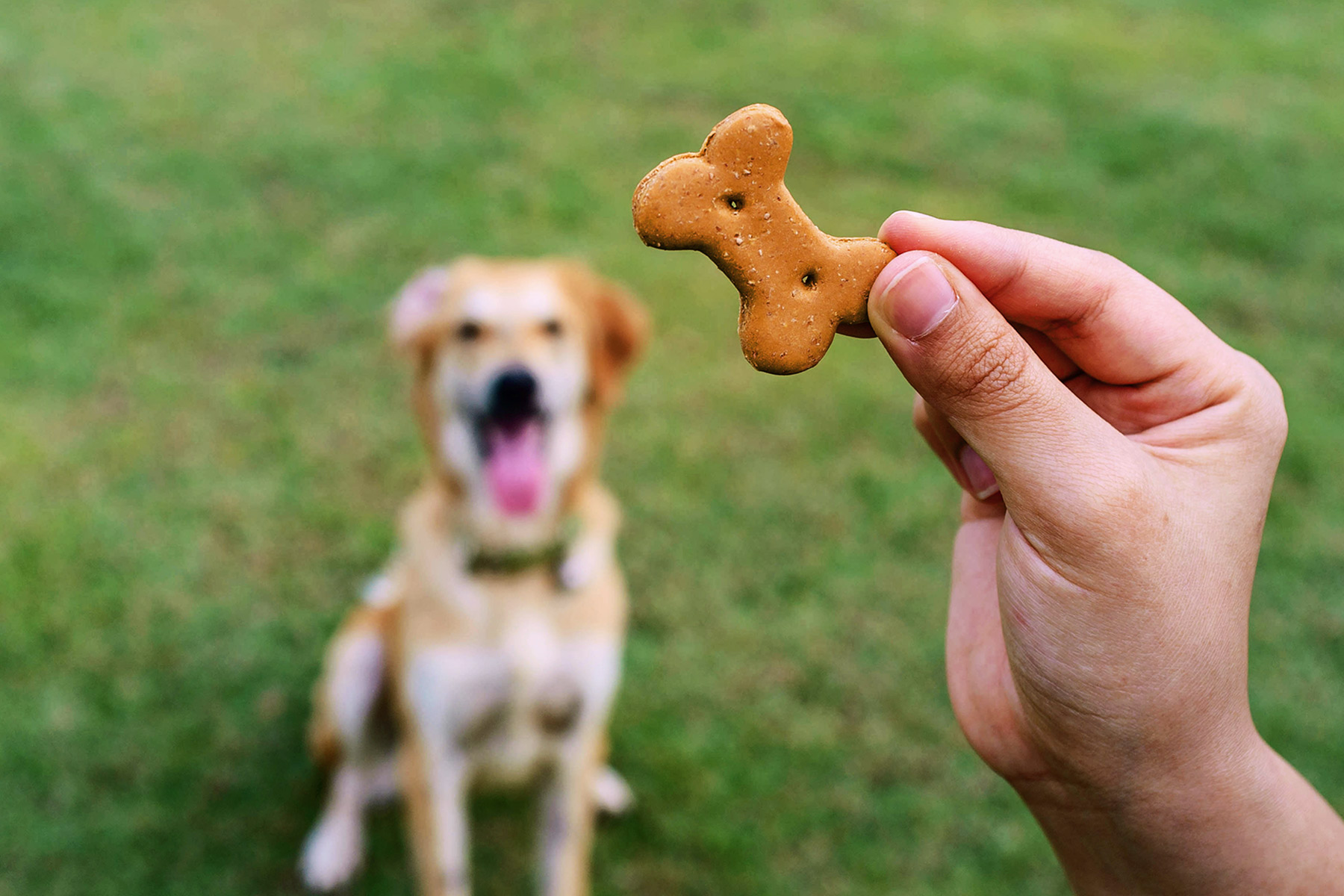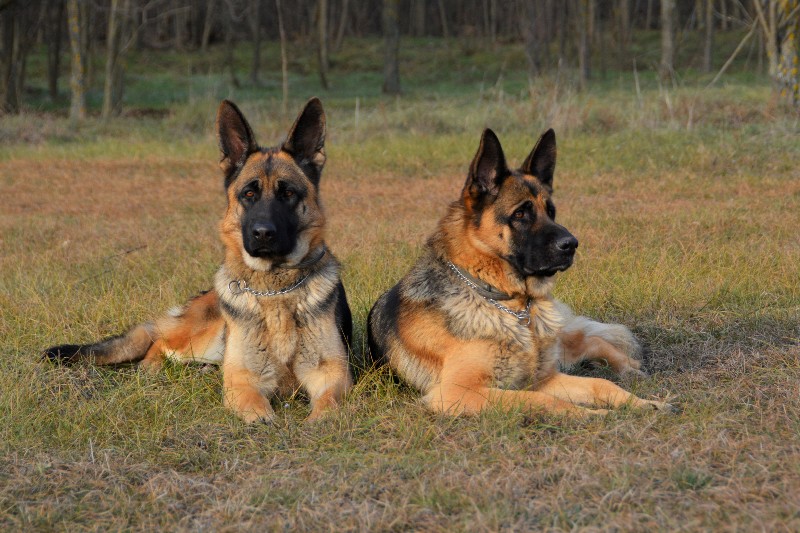
Taking your dog for a walk is one of the great pleasures of having a dog – for many the main reason to have a dog. It renews your own drive for the outdoors, helps you exercise, and gives you a new perspective on the world as you watch your pet explore.
Unfortunately, curious dogs can run into dangers outdoors. Today we’re taking a look at some of the risks so you can be sure your dog is having the best time on walks, in parks and in the garden.
Plants and Flowers
If you have a dog not eating and being sick, the culprit could be a herbaceous border. Lots of plants and flowers can be toxic to dogs – daffodils, bluebells, lilies, ivy and acorns are high on the list of offenders, but plenty of other plants can cause difficulties for your dog that might range from a single bout of vomiting, to convulsions and heart problems.
Be alert for dangers like this, especially where they coincide with your dog’s behaviours: if you have an enthusiastic digger, watch out for them excavating bulbs. If they forage and snack on what they find, keep a close watch on them when they’re near dangerous undergrowth.
Eating Other Things
If your dog is a forager, then there are all sorts of other dangers for them in the outside world. Eating discarded food can be dangerous – it can lead to food poisoning or parasitic infections, or with discarded chicken bones physical damage and choking as the bones block airways or splinter and pierce the throat and gut.
Some dogs – and puppies particularly – chew on and even swallow pebbles. It’s a well documented animal behaviour – even wild wolves lick and chew rocks, possibly as a way to boost their mineral levels. As a dog owner, though, you don’t want to risk your pet swallowing stones. Do what you can to discourage this behaviour early – if you can distract your puppy and break the pattern, they won’t carry it through into adulthood. If your dog simply won’t be stopped then you may have to consider using a light muzzle!
The Sun
A dog that’s curious and excited to be outdoors might well be at risk from hot weather. Dogs can get dehydrated easily and that can lead to heatstroke.
It’s a good idea to take water with you on any dog walk, but especially in hot weather. On especially hot days, monitor your dog’s activity and try to make sure you don’t spend too much time outside and playing without breaks, drinks and shade.




